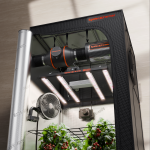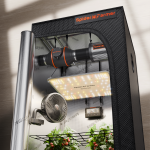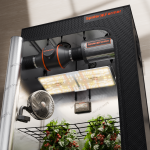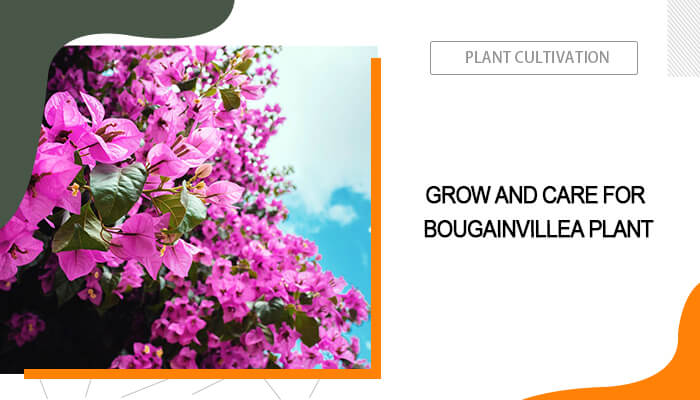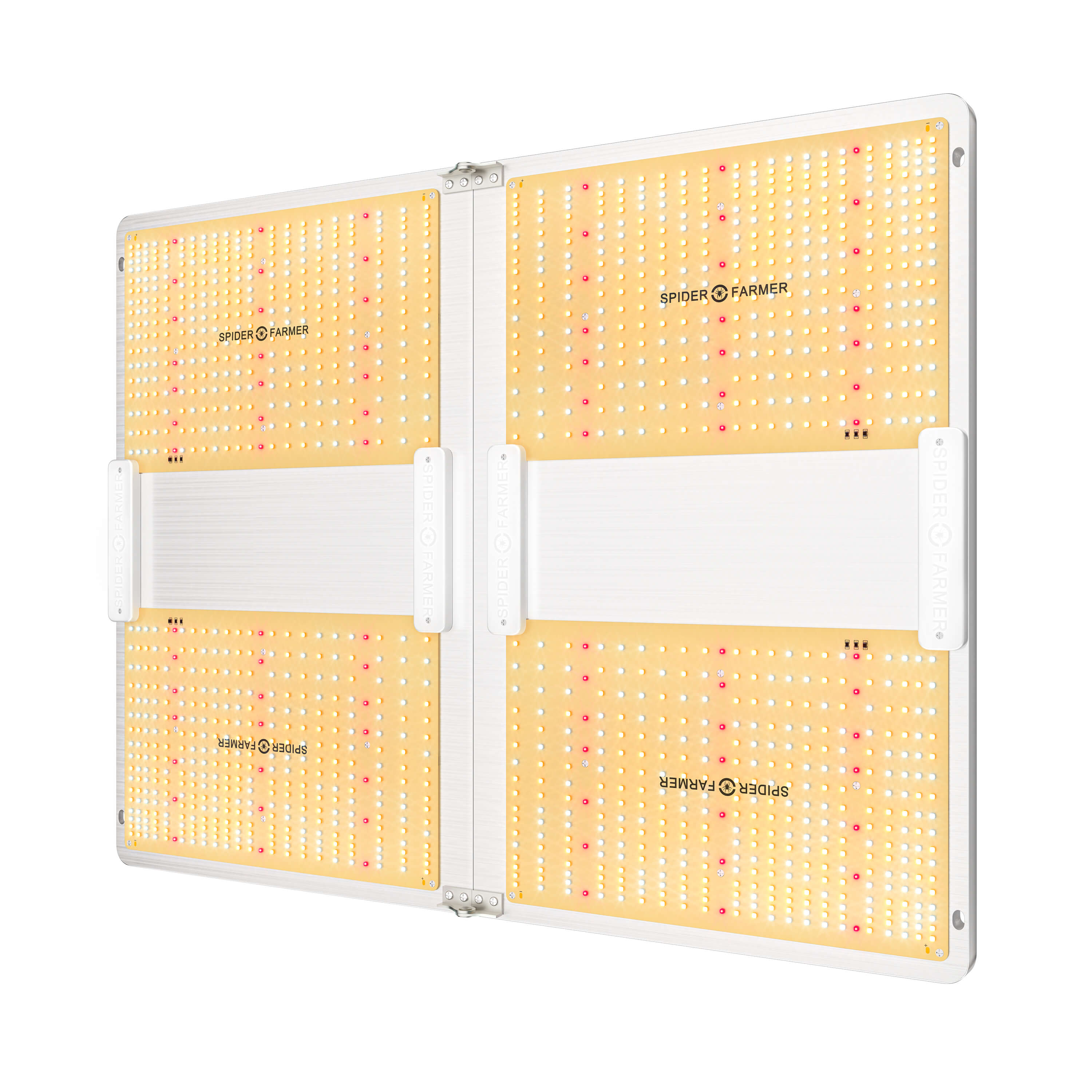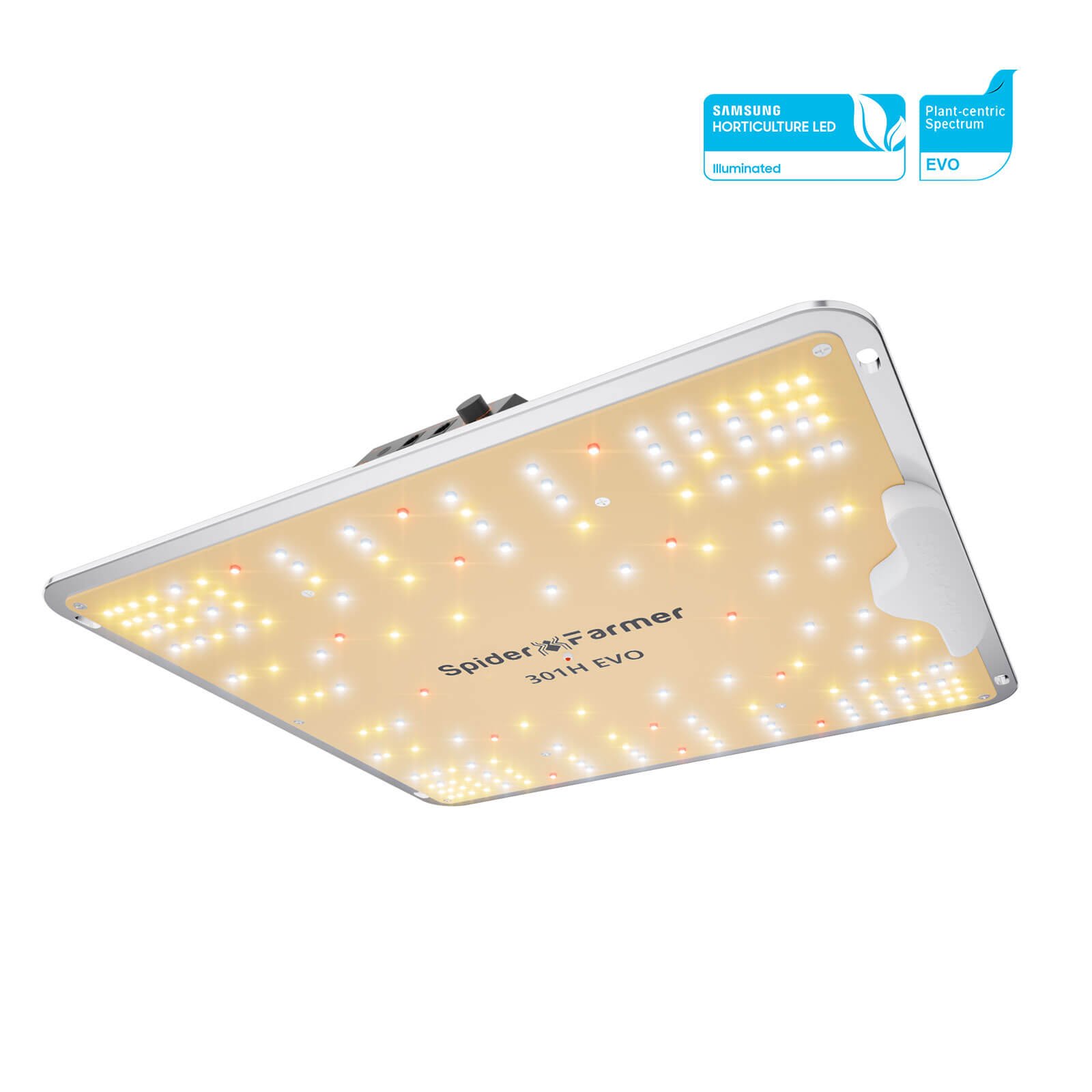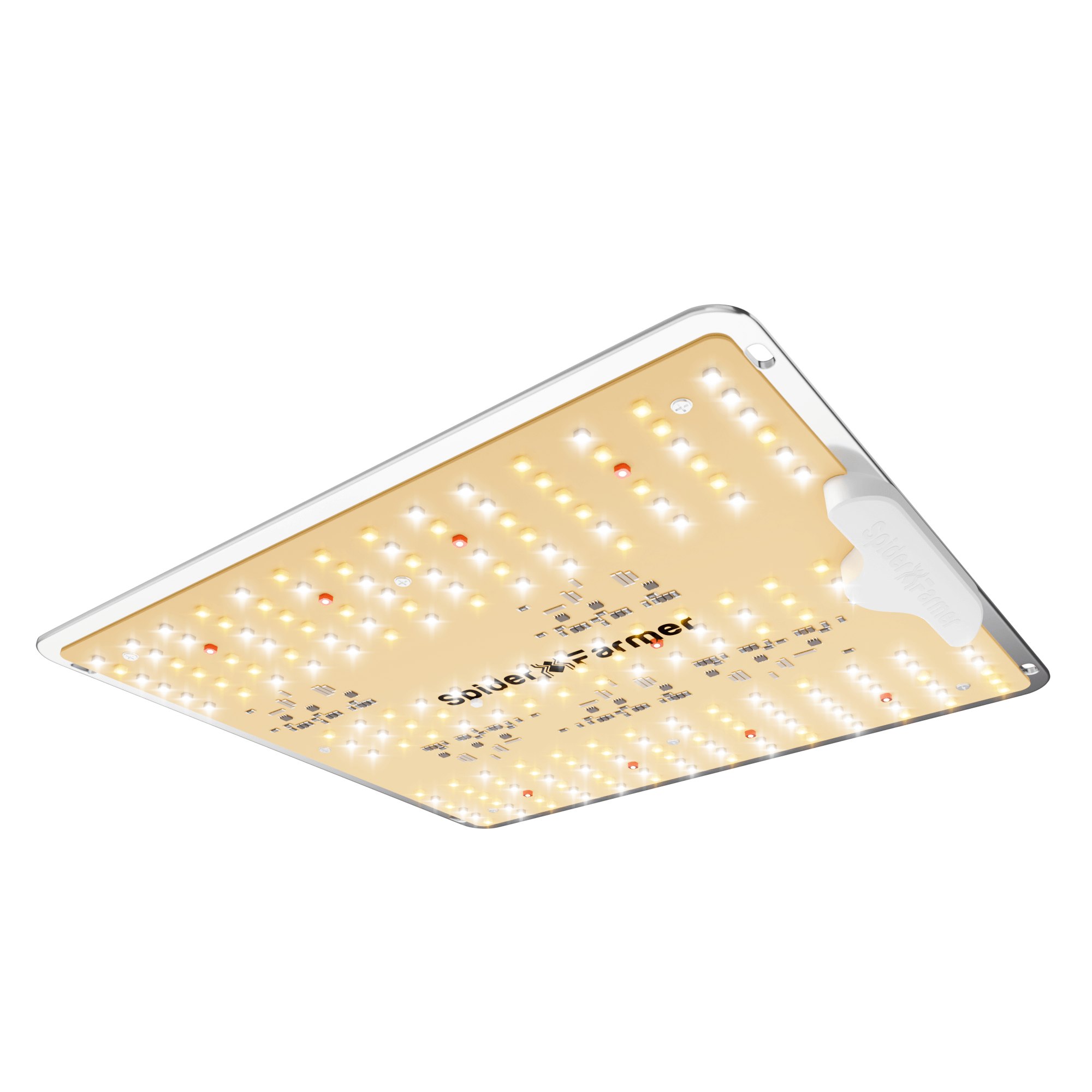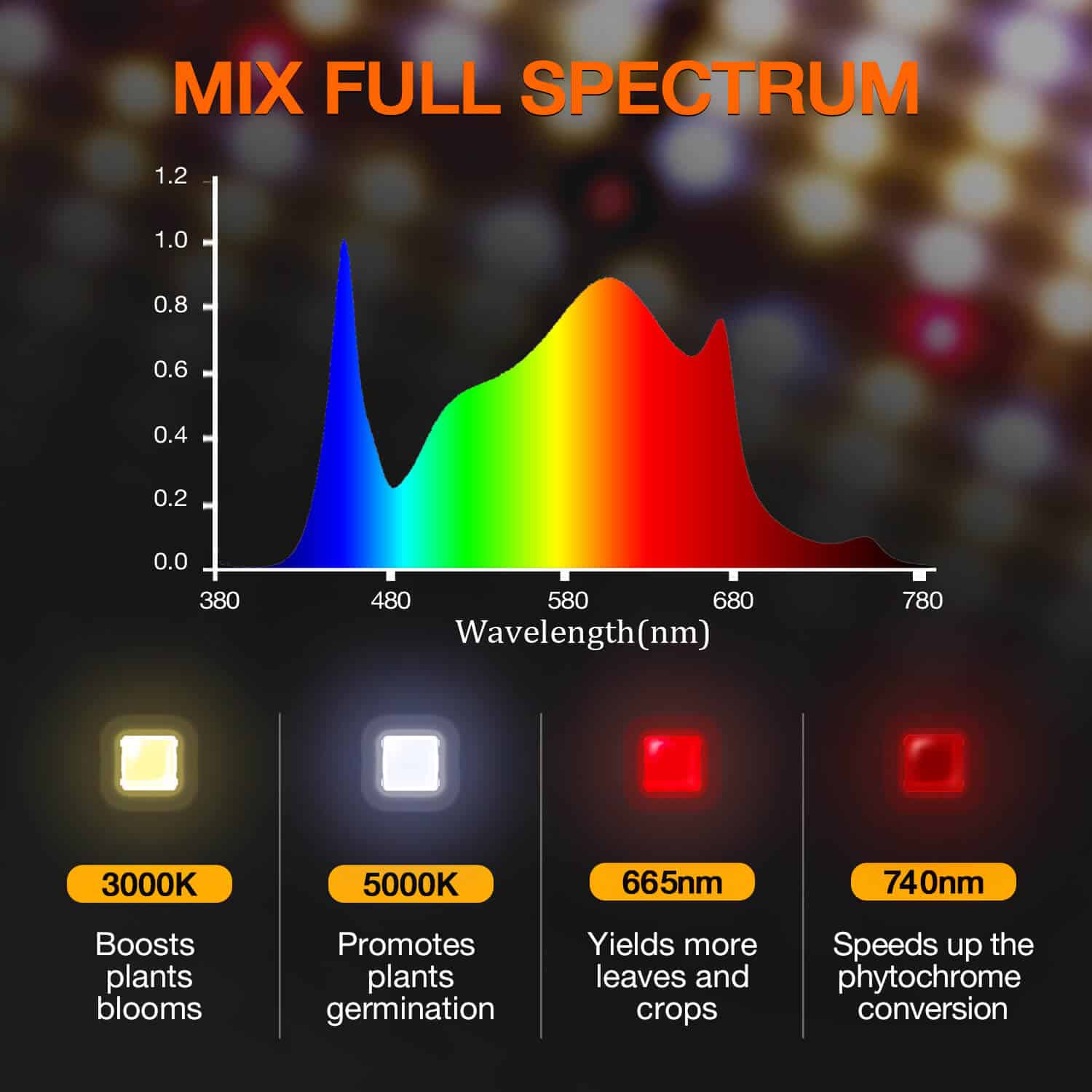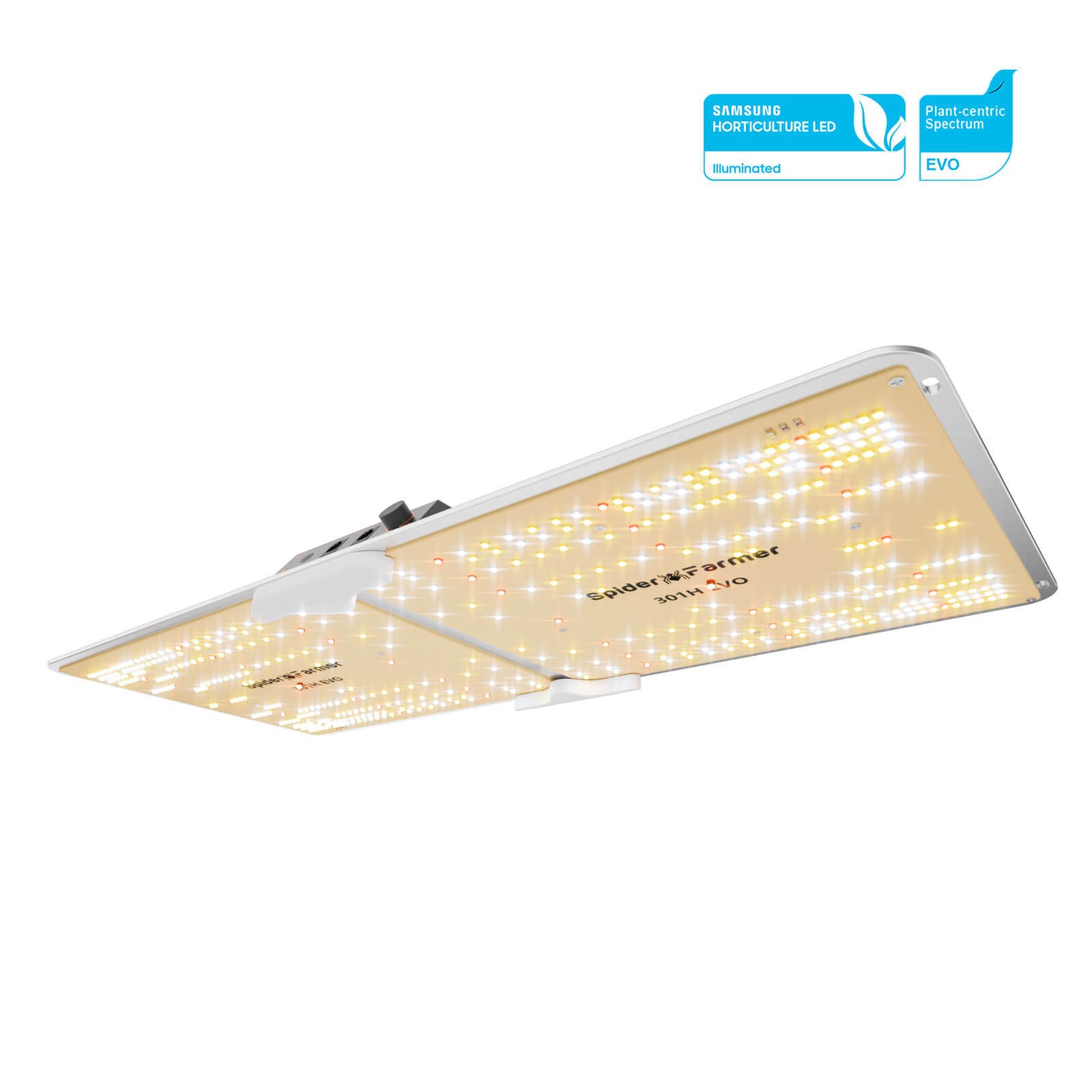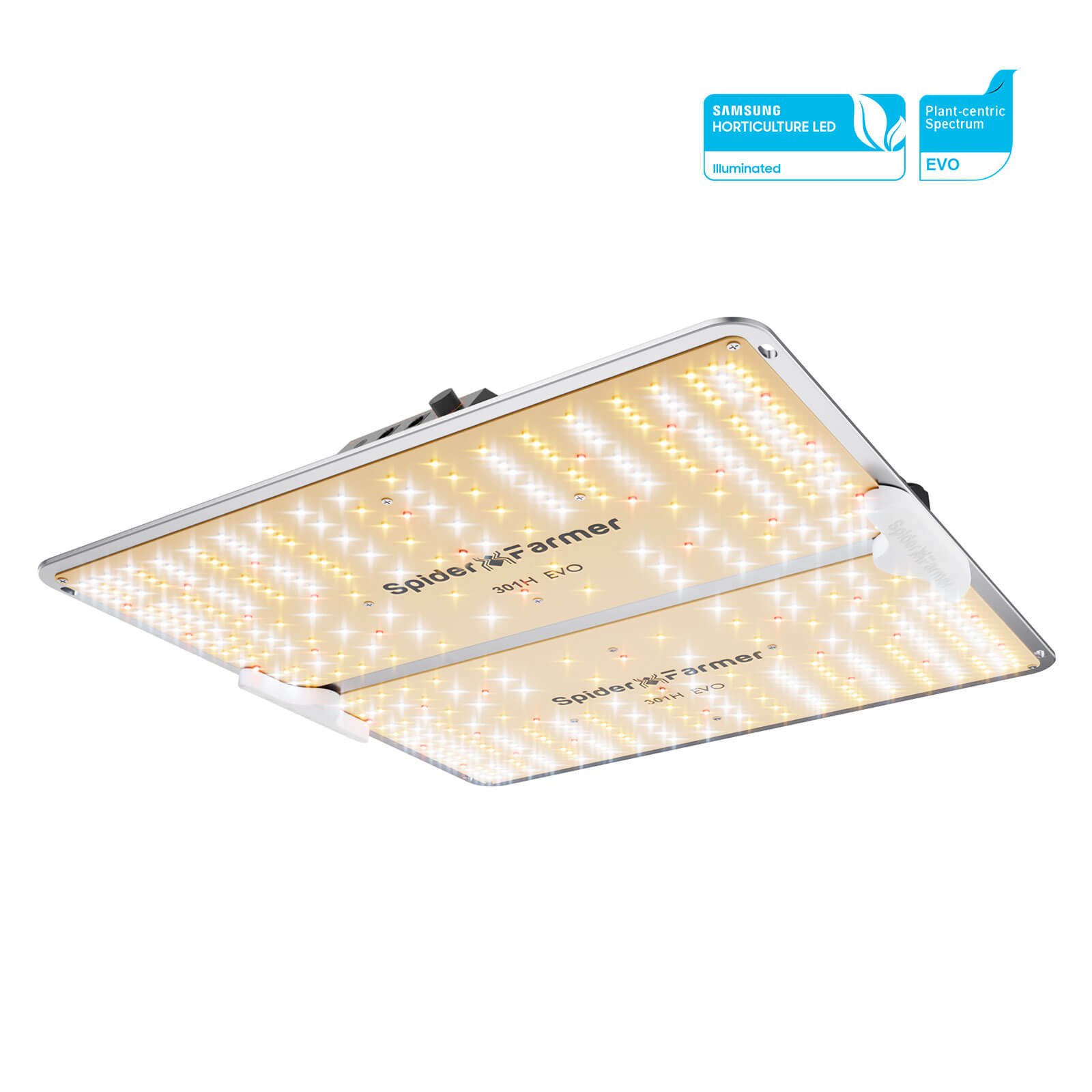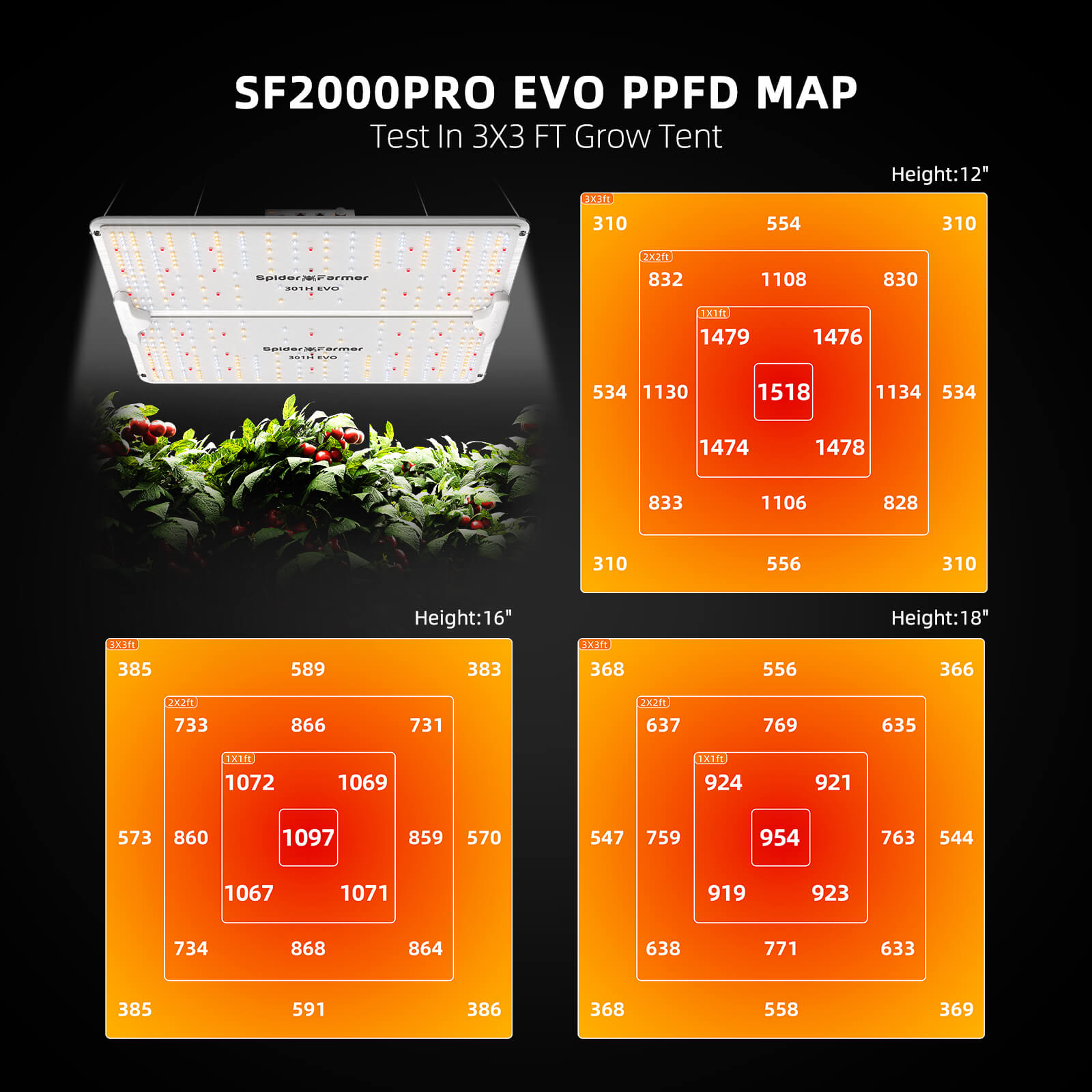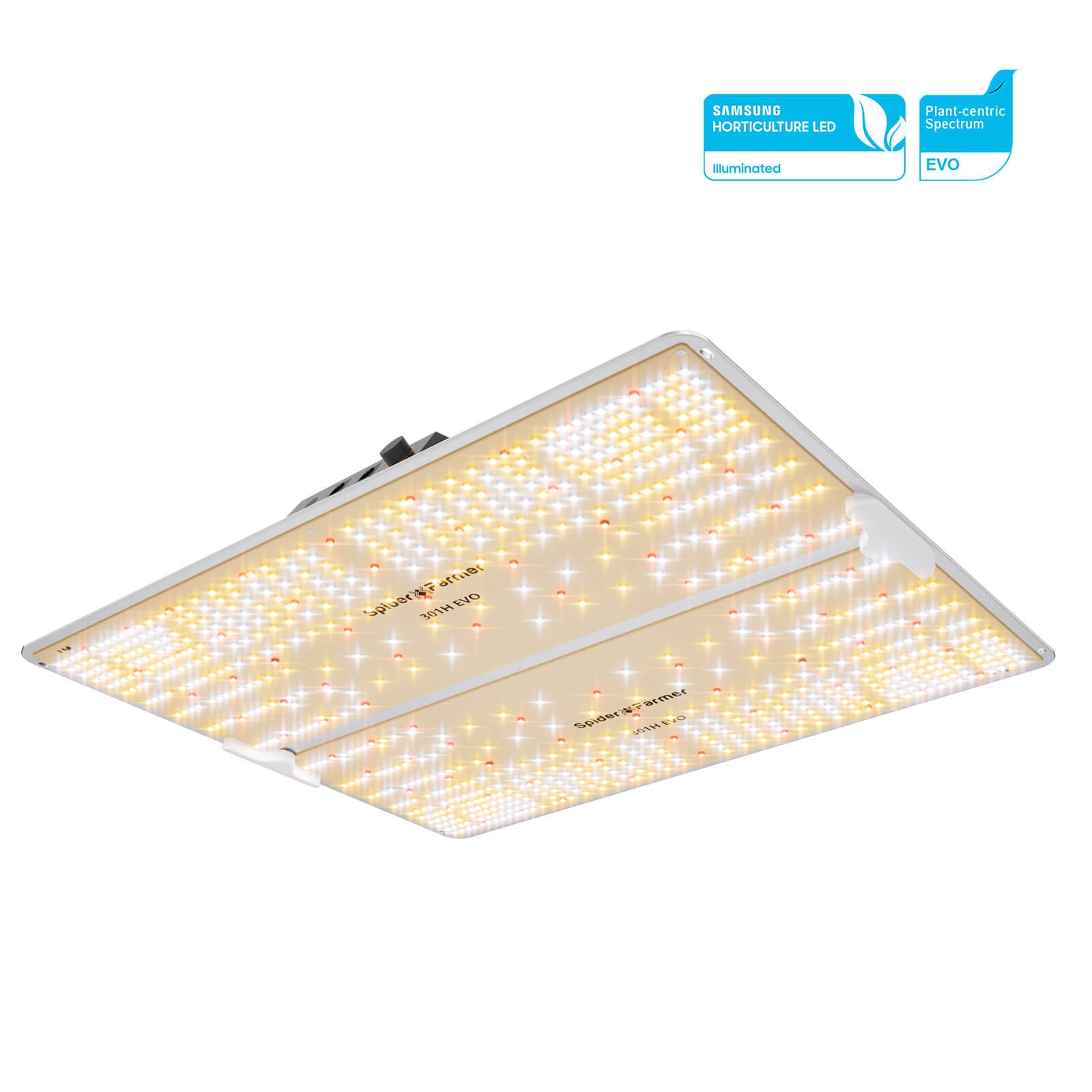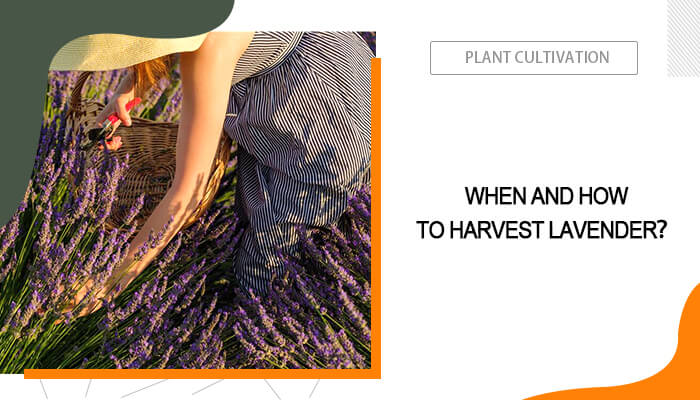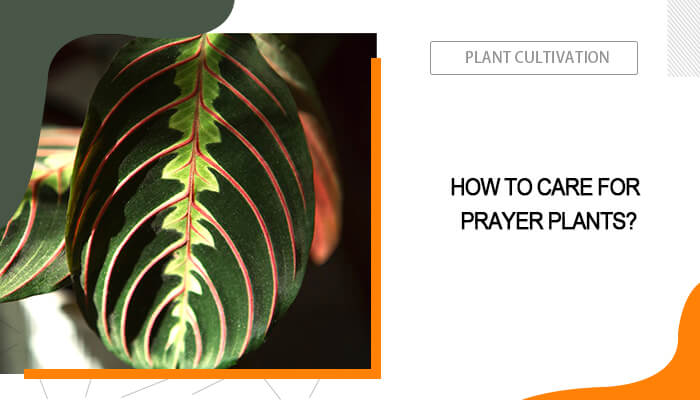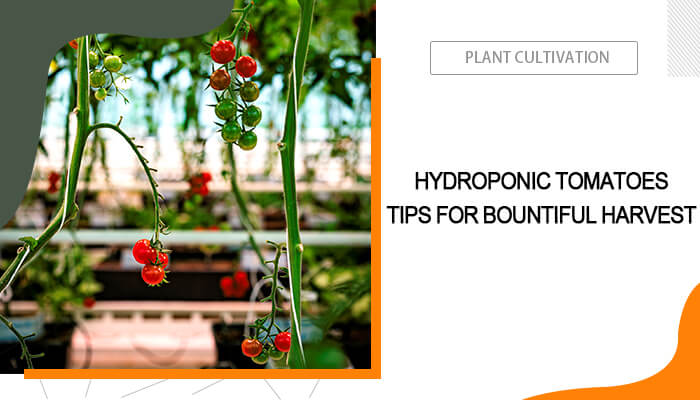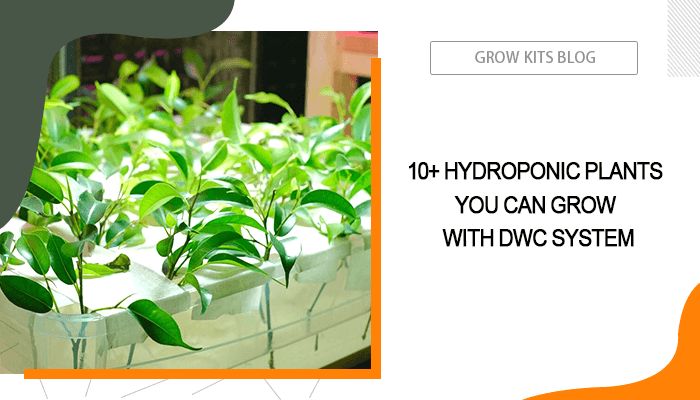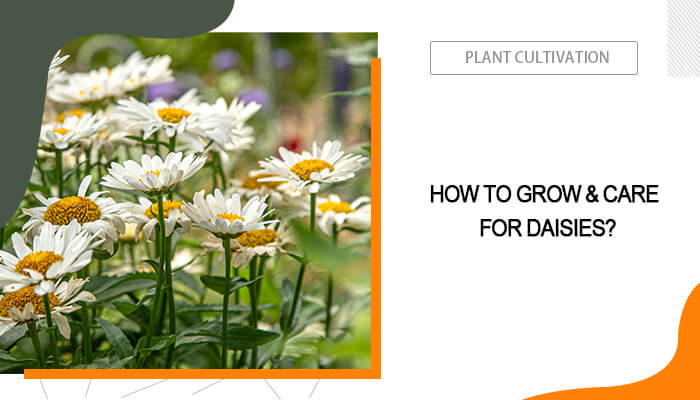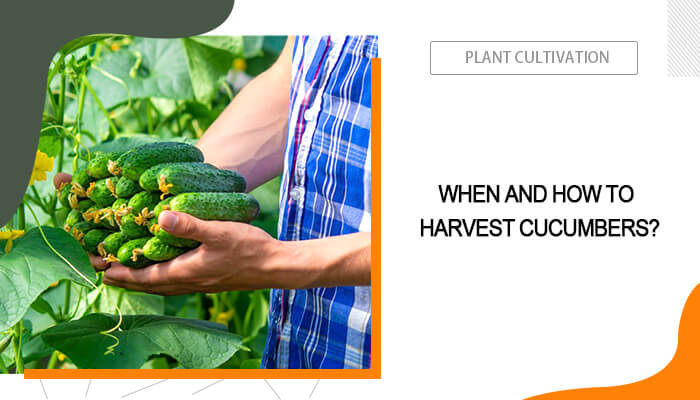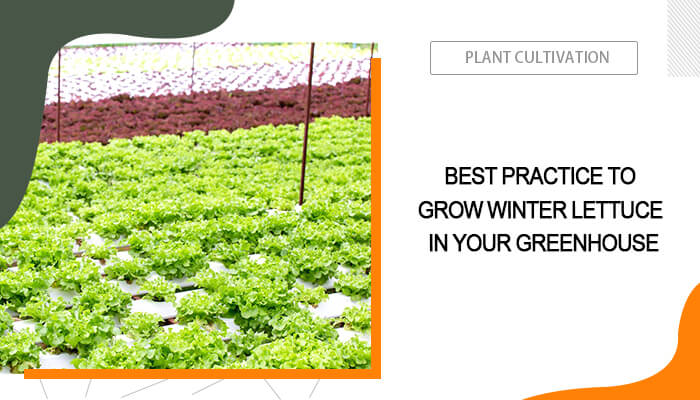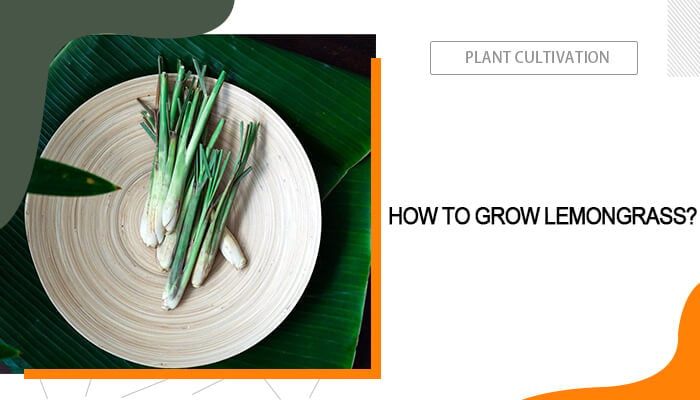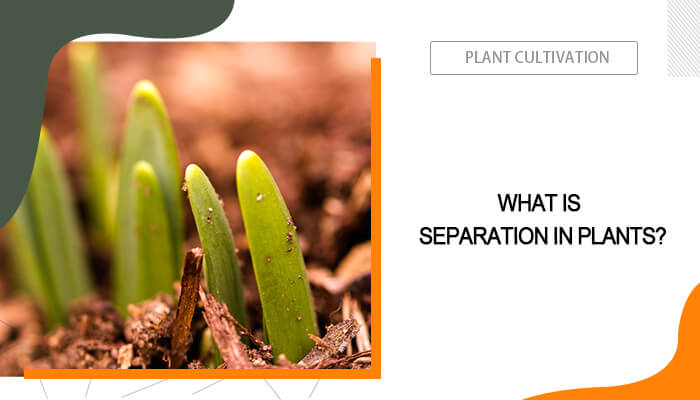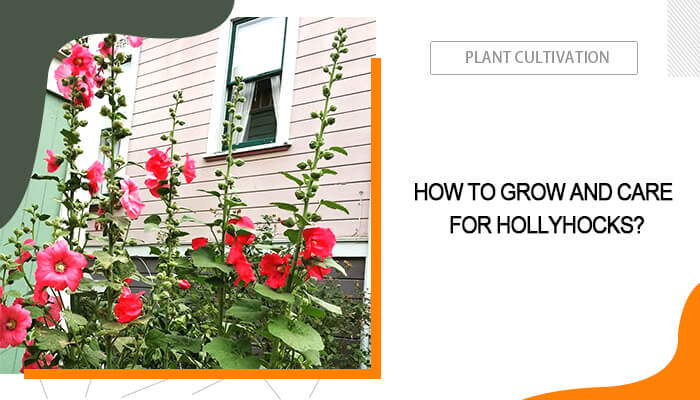Bougainvillea is a stunning flowering plant that can add vibrant color and charm to your garden, patios, and landscapes. Known for its striking, papery bracts, which come in shades of purple, pink, red, and orange, this hardy plant is a favorite among gardeners and landscapers alike. Originating from South America, Bougainvillea thrives in warm climates, which makes it an ideal choice for tropical and subtropical regions. However, with the right Bougainvillea care, it can also flourish in cooler areas.
This guide will explore the essential steps for planting and caring for Bougainvillea, ensuring that you can enjoy its beautiful blooms for years to come. From choosing the right location and soil to watering, pruning, and managing pests, we’ll cover everything you need to know to cultivate healthy and vibrant bougainvillea plants.
Table of Contents
What Are Bougainvillea Plants?
Bougainvillea plants are vibrant, fast-growing flowering climbing vine plants. Native to South America, particularly Brazil, they are known for their striking, papery bracts that come in a variety of colors, including pink, purple, red, orange, and white. As a perennial plant, Bougainvillea can live for multiple years and typically retains its foliage throughout the growing season.
These tropical and subtropical plants thrive in warm climates and are often used in landscaping to add color and texture to gardens, walls, and trellises. Bougainvillea prefers full sun and well-drained soil so they are ideal for drought-tolerant gardens. Additionally, you can prune them to control their size and shape. Their ability to attract butterflies and other pollinators further enhances their appeal in garden settings.
What Are Bougainvillea Types?
Here comes a wide variety of Bougainvillea types. Each type has unique characteristics and colors. The main species include Bougainvillea spectabili and Bougainvillea glabra. Popular hybrid varieties include Barbara Karst and Purple Queen. Additionally, there are rare and variegated varieties like White Stripe and Cherry Blossom. Here, we’ll introduce several Bougainvillea types based on colors.
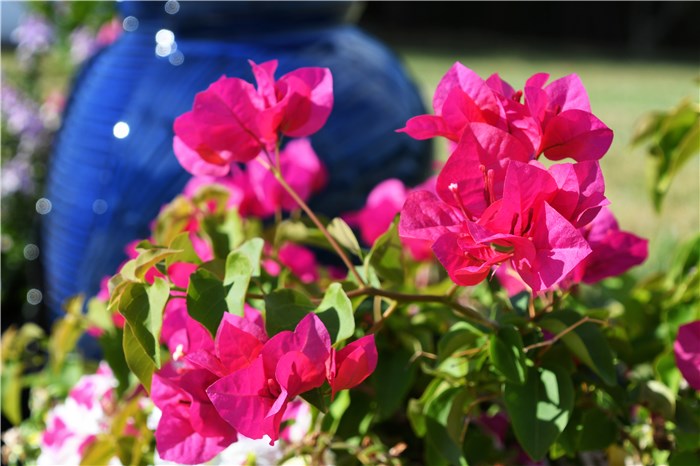
Pink Bougainvillea Types
- White Bougainvillea: White Stripe features clusters of clear white flower-like bracts with green and white variegated foliage; Key West White is a prolific bloomer that produces a continuous display of white flowers against lush green leaves.
- Pink Bougainvillea: Camarillo Fiesta displays a vibrant mix of hot pink to gold bracts, while Yani’s Delight is a smaller mounding variety with exquisite pink bracts
- Orange Bougainvillea: Scarlett O'Hara starts with strong orange blooms that transition to pink as they fade, while Sundown Orange features bright orange bracts that change to coral and then to salmon pink.
- Blue Bougainvillea: While true blue bougainvilleas do not exist due to the lack of specific pigments, some varieties like Blueberry Ice present lavender-blue hues that can create a visually appealing effect in gardens.
How Do You Keep Bougainvillea Blooming?
To keep bougainvillea blooming, you need to provide the right conditions and care. Sunlight is crucial! Bougainvillea plants thrive in full sun and require at least 5 to 6 hours of direct sunlight daily to produce abundant blooms. If you grow these plants in shade areas, they may grow well but will not flower significantly. Therefore, during winter days, when there isn’t adequate sunlight, you can put Bougainvillea plants under LED grow lights.
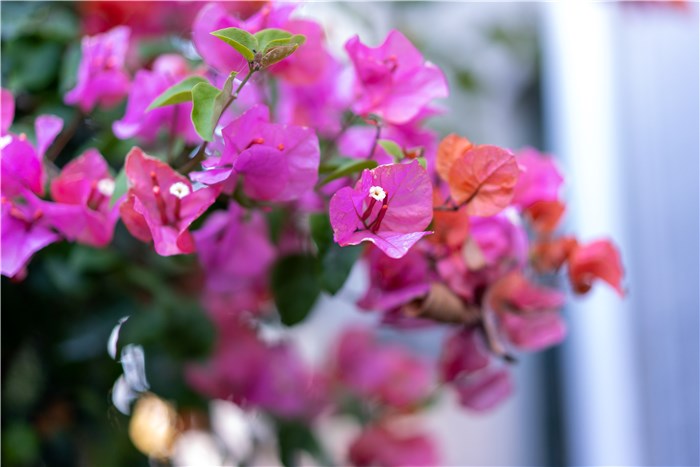
Keep Bougainvillea Blooming
Besides, you should also focus on the watering frequency, as Bougainvilleas plants are drought-tolerant and prefer to dry out between watering sessions. A good rule of thumb is to water thoroughly and then allow the soil to dry out almost completely before the next watering. Overwatering may lead to root rot and reduced flowering, while underwatering can cause leaves and flowers to drop.
In addition to sunlight and proper watering, fertilization plays a significant role in promoting blooms. Bougainvillea should be fed with a balanced fertilizer high in phosphorus during the growing season, particularly from mid-spring to mid-autumn. Regularly pinching back faded flowers encourages new growth, which is where new blooms will form. Pruning after each bloom cycle can also stimulate further flowering. Lastly, creating a slight stress by allowing the plant to experience some drought conditions can trigger blooming, as bougainvilleas often respond to stress by producing more flowers.
Does Bougainvillea Grow Better in Pots or Ground?
You can grow Bougainvillea in pots or ground, but they may perform better in containers because of their unique root system and growth habits. When you plant Bougainvillea in pots, they will benefit from slightly restricted roots, which can encourage more prolific blooming. Additionally, pots allow for better control over soil conditions and drainage, which is crucial since bougainvilleas are sensitive to overwatering and root rot. It’s essential to choose a container with adequate drainage holes and to use well-draining soil to optimize growth.
How to Care for Bougainvillea?
In this part, we’ll demonstrate how to take care of Bougainvillea. From light conditions to Bougainvillea fertilizer, you’ll learn everything about Bougainvillea care.
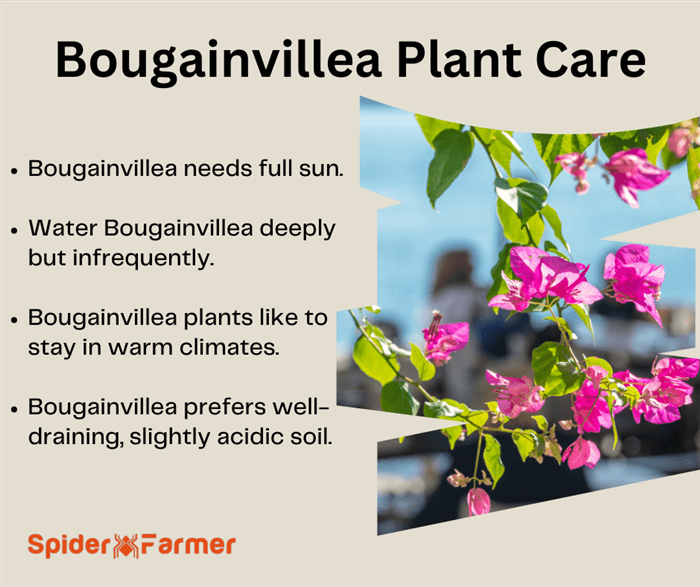
Bougainvillea Plant Care
Bougainvillea Light
Bougainvillea needs full sun. To care for Bougainvillea, make sure it receives at least 6 hours of direct sunlight daily. This is also crucial for vibrant blooms.
Bougainvillea Water
Water the Bougainvillea plant deeply but infrequently. Allow the soil to dry out between waterings to prevent root rot. During hot months, you’re suggested to water once or twice a week, while on winter days, you should reduce the watering frequency to about once every two weeks.
Bougainvillea Temperature
Generally, Bougainvillea plants thrive in warm climates and remain sensitive to cold temperatures. They can tolerate temperatures down to about 30°F (-1°C) for short periods, but anything below that can damage the plant. In winter, they should be protected from frost and temperatures below 32°F (0°C) to maintain their health and vibrancy. In colder regions, it’s best to bring them indoors or keep them warm with plant heaters during winter months.
Bougainvillea Fertilizer
Fertilize Bougainvillea with a balanced fertilizer every four to six weeks during the growing season and then switch to a high-potassium fertilizer as blooms develop.
420 Price Guarantee丨Extra $30 Coupon: 2025 Spider Farmer® SF7000 650W LED Grow Light
420 Price Guarantee丨2025 Newest Version Spider Farmer® SF1000 100W Samsung LM301H EVO LED Grow Light For 2×2’/3×3′
420 Price Guarantee丨2025 Newest Version Spider Farmer® SF1000D 100W Full Spectrum LED Grow Light Samsung Diodes For 2×2′
420 Price Guarantee丨2025 Newest Version Spider Farmer® SF2000 200W Samsung LM301H EVO LED Grow Light For 4×2’/5×3′
420 Price Guarantee丨2025 Newest Version Spider Farmer® SF2000Pro 200W Samsung LM301H EVO LED Grow Light
420 Price Guarantee丨2025 Spider Farmer® SF4000 450W Samsung LM301H EVO LED Grow Light For 4×4’/5×5′
FAQs About Bougainvillea Plant Care
By the end of the post, we’ll answer several FAQs about the Bougainvillea plant. Keep reading and learn how to better take care of your Bougainvillea plant.
What zone do Bougainvillea grow?
Bougainvillea thrives best in USDA hardiness zones 9 to 11, where it can enjoy mild winters and warm temperatures. While it can survive in zone 8 with proper care, such as mulching during winter, its growth and flowering are significantly enhanced in the warmer zones, where temperatures consistently remain above 60°F at night and between 70°F to 100°F during the day.
What type of dirt does Bougainvillea like?
Bougainvillea prefers well-draining, slightly acidic soil for optimal growth. A recommended soil mix includes components like sand, perlite, peat moss, and compost, which together ensure proper drainage and prevent root rot. The ideal pH level for bougainvillea is between 5.5 and 6.0, allowing the plant to thrive and produce vibrant blooms. It's crucial to avoid heavy or water-retentive soils, as bougainvilleas are sensitive to excess moisture, which can hinder their growth and flowering potential.
Do coffee grounds help Bougainvillea?
Yes, coffee grounds can benefit Bougainvillea plants as they are rich in nitrogen, which promotes healthy growth and vibrant blooms. When added to the soil, coffee grounds improve drainage, aeration, and moisture retention, creating a more favorable environment for the roots. Additionally, they can slightly acidify the soil, which is beneficial for Bougainvillea, as they thrive in slightly acidic conditions. However, it's important to use coffee grounds in moderation to avoid overwhelming the soil with too much acidity or affecting nutrient balance.
Conclusion
In conclusion, these vibrant, hardy plants thrive in well-draining soil and prefer full sun exposure to produce their stunning, colorful bracts. You should pay special attention to work on Bougainvillea plant care. You need to care for their specific needs for sunlight, water, temperature, and fertilizer. Additionally, regular pruning is essential to maintain their shape and encourage new growth.

